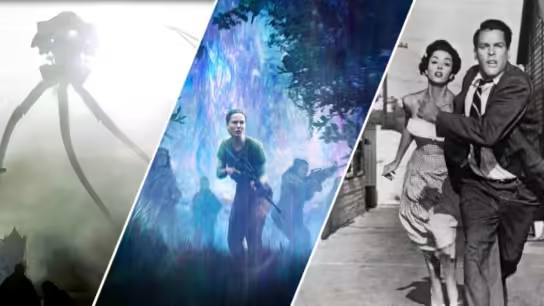In an era dominated by streaming services and home entertainment systems, the allure of theaters and movies continues to hold a special place in our cultural landscape. Theaters have evolved significantly since their inception, offering not just a venue to watch films but a communal experience that transcends the act of viewing itself.
A Historical Journey
The concept of theaters dates back to ancient times, where performances were staged in amphitheaters and open-air venues. The modern cinema as we know it today began to take shape in the late 19th and early 20th centuries, with the advent of motion pictures. The Lumière brothers’ first public screening in 1895 marked the beginning of a new era, captivating audiences with moving images that brought stories to life on the silver screen.
The Rise of Cinematic Magic
Throughout the 20th century, theaters became increasingly sophisticated, evolving from small, single-screen venues to grand movie palaces adorned with ornate decor and plush seating. The golden age of cinema saw the emergence of Hollywood and international film industries, producing iconic movies that drew crowds to theaters worldwide. From black-and-white classics to technicolor epics, each film offered an escape into worlds both familiar and fantastical.
The Theater Experience: More Than Just a Movie
What sets theaters apart from home viewing is the immersive experience they provide. The darkened auditorium, the collective anticipation, and the sheer scale of the screen and sound system all contribute to a heightened sense of engagement. Whether it’s the latest blockbuster or an indie gem, theaters offer an environment where viewers can immerse themselves fully in the narrative unfolding before them.
Community and Shared Experience
Beyond the technical aspects, theaters foster a sense of community. The shared laughter, gasps of surprise, and moments of silent reflection create a bond among audience members. Watching a movie in a theater becomes a social event, whether it’s a date night, a family outing, or a solo escape into another world. This communal aspect of theaters adds a dimension that cannot be replicated at home.
Challenges and Adaptation
Despite their enduring appeal, theaters have faced challenges in recent years. The rise of streaming platforms has altered viewing habits, offering convenience and a vast library of content at the touch of a button. Economic pressures and shifts in consumer behavior have led to the closure of many theaters, particularly smaller, independent venues.
However, theaters have also adapted to meet these challenges. Some have embraced technology, offering state-of-the-art sound and projection systems that rival home setups. Others have diversified their offerings, hosting live events, screenings of classic films, and immersive experiences that go beyond traditional movie-watching.
Looking to the Future
As we look ahead, the future of theaters remains uncertain yet hopeful. The COVID-19 pandemic underscored the resilience of theaters as they navigated closures and restrictions, demonstrating the enduring desire for shared cinematic experiences. Theaters continue to evolve, exploring new ways to engage audiences and differentiate themselves from home viewing options.
Ultimately, theaters and movies are intertwined in a cultural tapestry that spans generations. Whether it’s the nostalgia of seeing a beloved classic on the big screen or the excitement of discovering the next cinematic masterpiece, theaters continue to captivate audiences with their magic. As long as there are stories to be told and emotions to be shared, the appeal of theaters and movies will endure, ensuring that the cinematic experience remains a cherished part of our lives.





